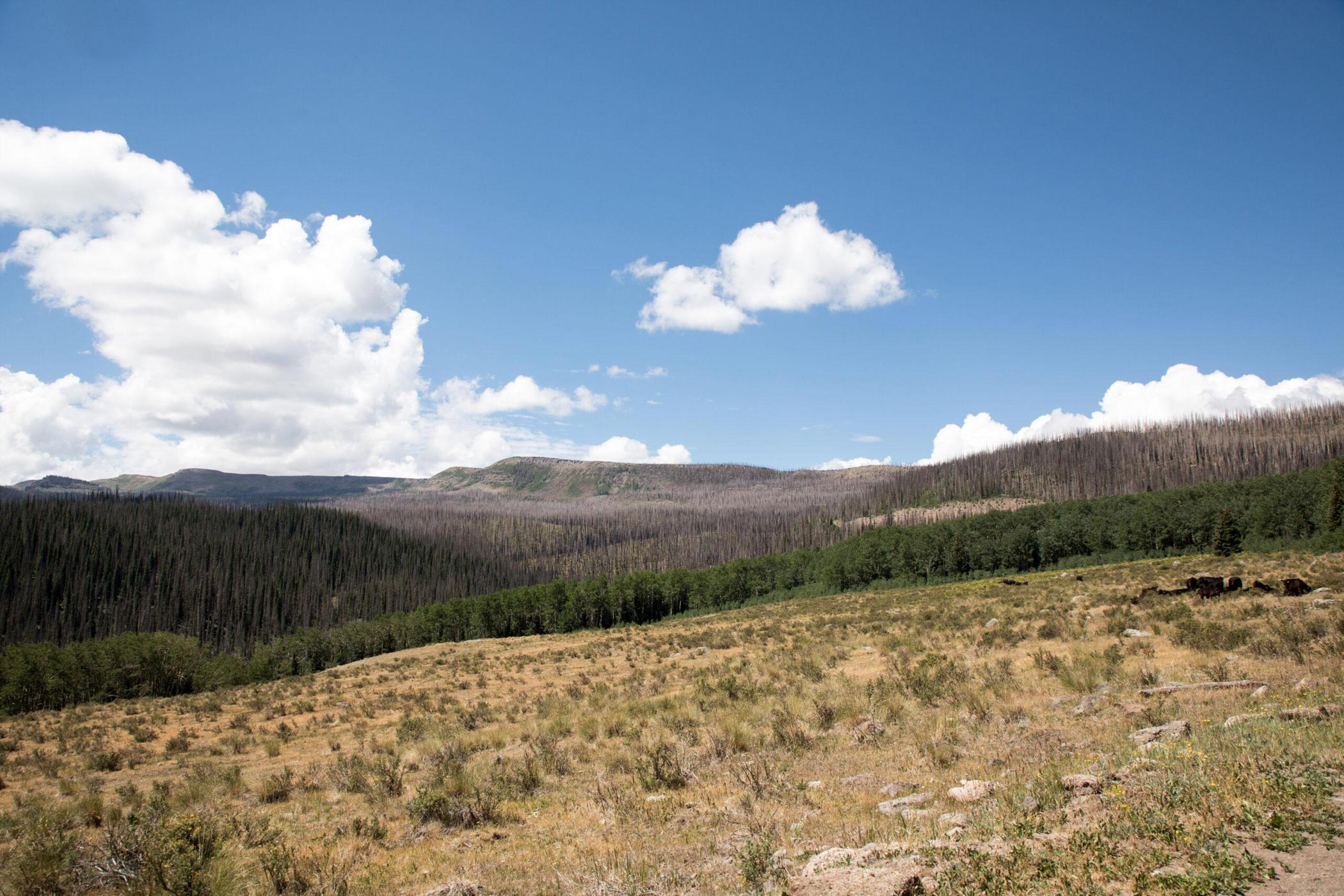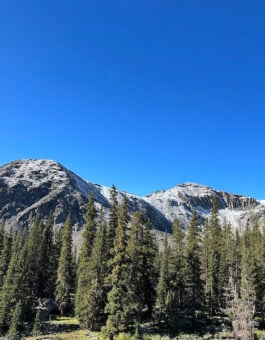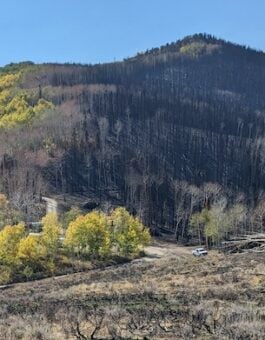Recent wildfires are moving faster, and that’s changing forest landscapes. Not only do the fastest-growing wildfires eliminate more forest area, but they also create conditions that make it harder for forests to recover, posing long-term risks to forest resilience, according to a new study by researchers at Western Colorado University and others.
The study, published in Global Change Biology, was led by Jessika McFarland, who’s pursuing an in M.S. Ecology at Western’s Clark School of Environment and Sustainability, and co-authored by Dr. Jonathan Coop, professor of environment and sustainability at Western, among others. Their research underscores how these high-intensity fire events, driven in part by a warmer, drier climate, are reshaping forest ecosystems.
“This research demonstrates the outsized effects that extreme fire spread events have on southwestern forested ecosystems,” McFarland said. “In addition to burning incredibly large areas, they reduce the chances of post-fire forest recovery by burning more severely and generating larger patches of treeless areas, thus increasing the distance to surviving tree seed sources that are critical for regeneration.”
Using satellite data from 623 wildfires across the southwestern United States, the study found that extreme fire spread events – defined as burning more than 12,000 acres in a single day – result in larger and more homogenous treeless areas. Just the top 3% of wildfire events account for over a third of all area burned, but half of the total area burned at high severity. Such severe fires kill trees over very large areas and significantly reduce the rate that forests can regenerate, increasing the likelihood that ecosystems will see long-term changes after fires burn through.
“Fire activity is on an increasing trend in the western US. Recent increases are associated with faster-growing fires that rapidly burn very large areas under dry conditions and extreme weather,” Dr. Coop said. “Jessika’s research points toward growing negative impacts to forest ecosystems we depend on as climate continues to warm, fire seasons become longer, fuels are drier, and fires burn faster and more completely.”
Learn more about the program
Contact the Department for more info.
M.S. in Ecology
Author Credit: Seth Mensing
Photo Credit: Courtesy


